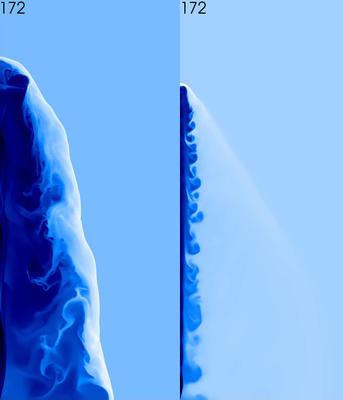Here you will find brief summaries of some of my research projects. To see my full publication list go to ADS
Luminous Supernovae
Luminous Supernovae (LSNe) are what we call the class of transient that lives between “normal” SNe Ic and superluminous SNe. Some appear to be powered by weak magnetars; some seem to be the most luminous Type Ic supernovae, powered by a lot of nickel; and a select few lie somewhere in between.

Finding Superluminous Supernovae
Superluminous Supernovae (SLSNe) are a rare class of transients that can be up to 100 times brighter than a normal supernova. But even though they are bright, they are elusive, with only about 150 of them known to date. FLEET: Finding Luminous and Exotic Extragalactic Transients is a machine learning pipeline designed to find new SLSNe in transient alert streams, without the need for full light curves nor a redshift estimate. With this pipeline we estimate we can achieve a purity of up to 85% SLSNe when observing SLSNe candidates.
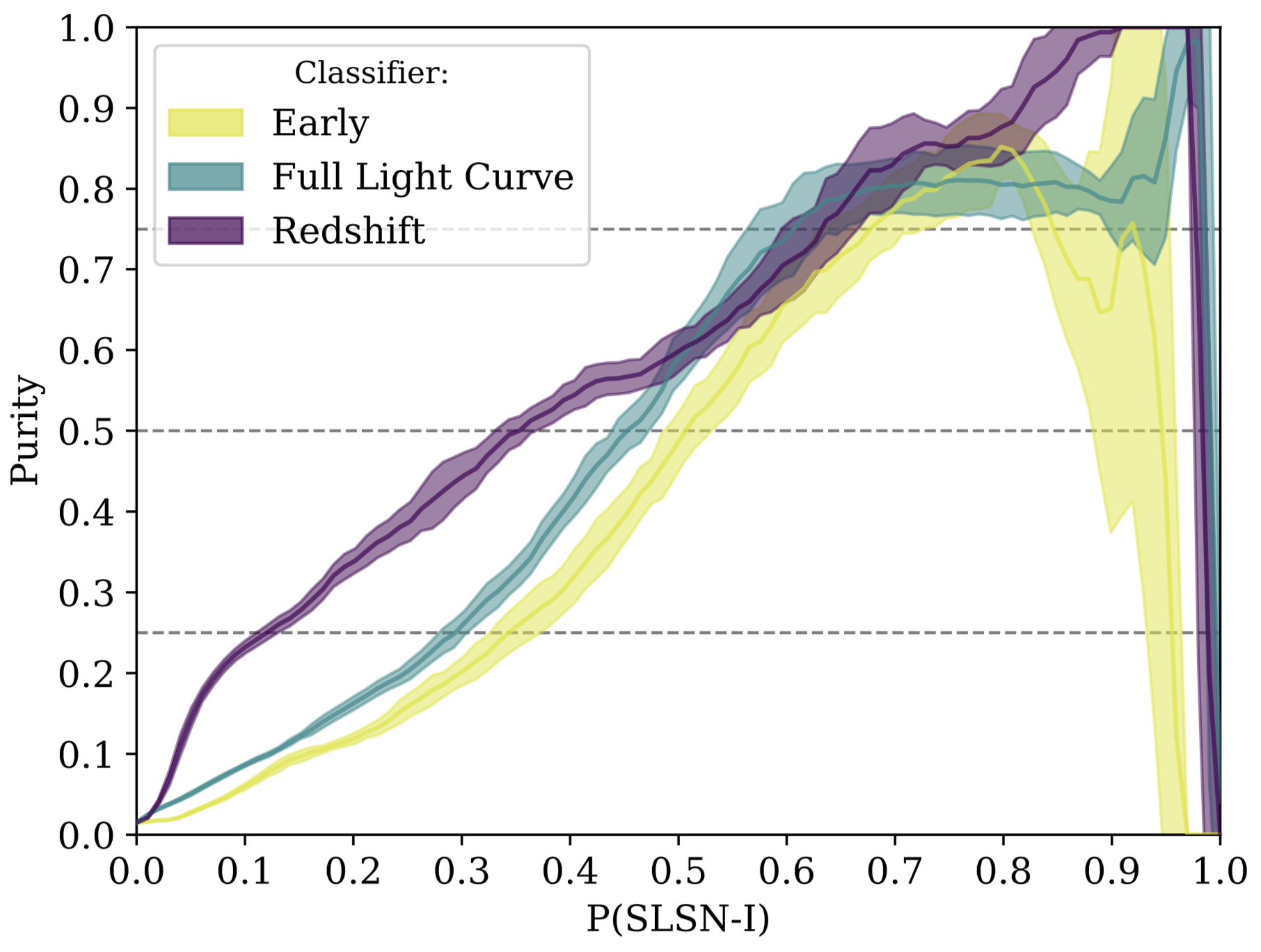
Exotic Supernovae
The supernova 2019stc has a peculiar double-peaked structure, and a light curve we can explain with a combination of radioactive decay + a magnetar central engine, with the second peak being powered by interaction with some circumstellar medium. Most interestingly SN2019stc shows a light curve that resembles that of a superluminous supernova, yet the spectra is identical to that of a Type Ic supernova.
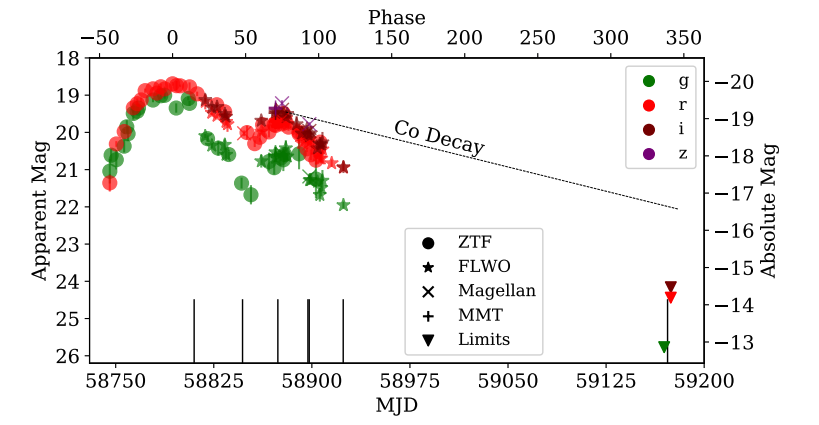
Black Hole X-ray Binaries
HD96670 is a binary star in the Cygnus OB2 association. We know it’s a binary due to the motion of its spectral lines. We measured the mass of the companion to be around 6 solar masses. If this were a main sequence star, we would have seen detected emission for it. Leading to the conclusion that the companion is most likely a black hole.
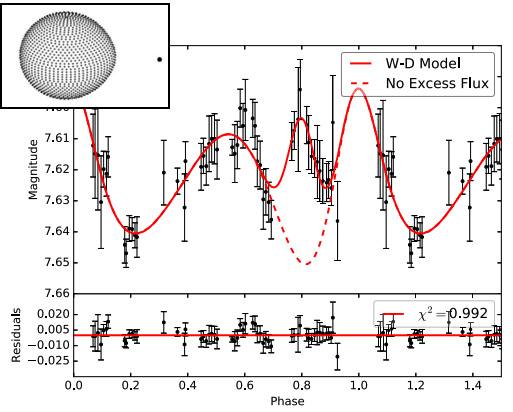
Cataclysmic Variables
The Chandra Galactic Bulge Survey scanned the center of the Milky Way in search for black holes, and found over a 1000 X-ray sources that could be candidate black hole X-ray binaries. We studied one of these sources, CXX137, which peaked our interest due to its sinusoidal light curve shape. In addition to the sinusoidal shape, the light curve changes in shape from year to year. These changes can be attributed to either a spotted secondary or a hot spot on the accretion disk. We find that the compact object in CX137 is not a black hole, but instead a white dwarf with a mass of ~0.83 solar masses

Pair-Instability Supernovae
SN2016iet was a supernova discovered back in 2016 by the Gaia space mission. We’ve been following the supernova in the optical ever since, collecting photometry and spectroscopy to track its evolution. This turned out to be a peculiar supernova for many reasons: A very long lasting light curve still visible 700 days after explosion; a surprisingly large offset from its host galaxy; and models which suggest a progenitor star of 150-260 solar masses.
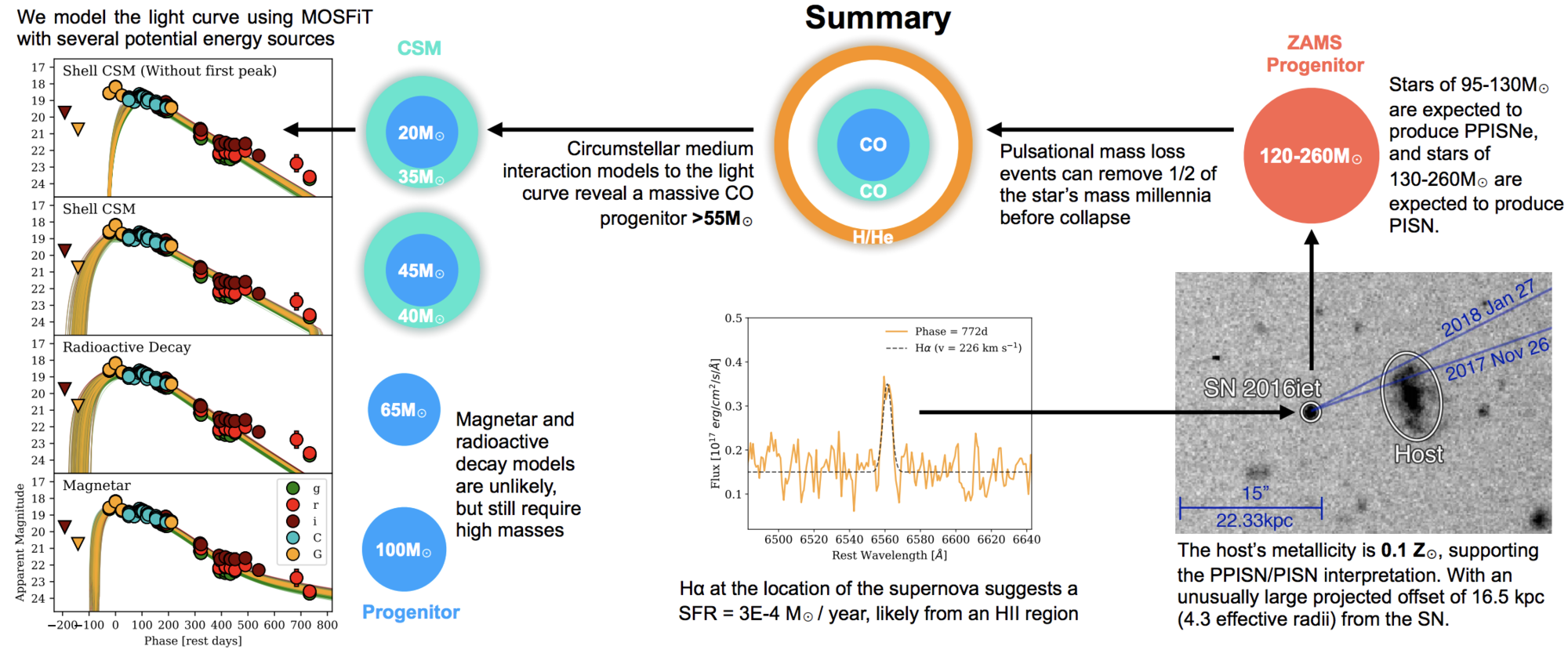
Tidal Disruption Events
AT2018hyz was a tidal disruption event discovered in 2018, when a star passed too close to the supermassive black hole and got subsequently torn apart. We obtained hundreds of images and over 50 spectra of this object, allowing us to track its evolution in detail. We modeled the light curve using the Modular Open-Source Fitter for Transients and found that it is best explained by a black hole of 106 solar masses partially disrupting a star of 0.1 solar masses.
To generate all the plots used in this paper you can use the data and scripts provided in https://github.com/gmzsebastian/AT2018hyz
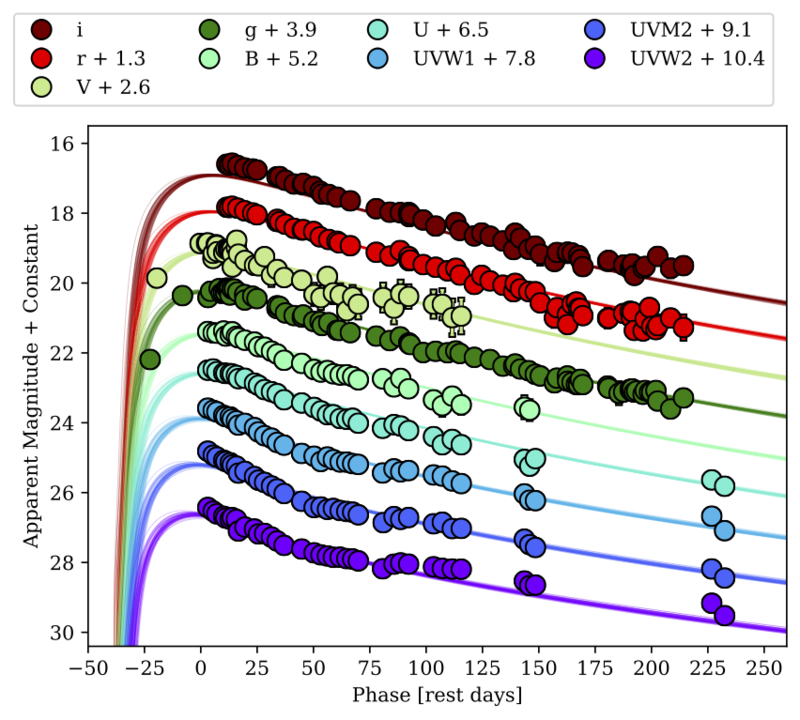
Gravitational Wave Follow-Up
The LIGO interferometer is constantly “listening” to the sky, searching for merging stars. When two black holes, two neutron stars, or a neutron star and a black hole crash into each other LIGO is able to hear it and point us in the right direction. In September 2019 LIGO detected on of these mergers, S190814bv. Subsequently, we used one of the Magellan 6.5m telescopes to scan this region LIGO pointed us in, searching for any galaxy that show a new light source. Unfortunately this time, we were not able to find any.

Quiet Black Holes
Most of the black holes we know of were found while they were “active”, meaning they were eating a close by star, producing an outburst of X-ray radiation. Yet we expect that there must be many more “quiet” black holes, which are not eating, not emitting as much energy, and therefore harder to find. I worked with Dr. Josh Grindlay looking for these quiet black holes in 100 year old data as part of the Harvard DASCH project, a set of historic glass plates stored at the Harvard College Observatory. Where we expect to find black holes that had were active and had an outburst many years ago, but have now become quiet.
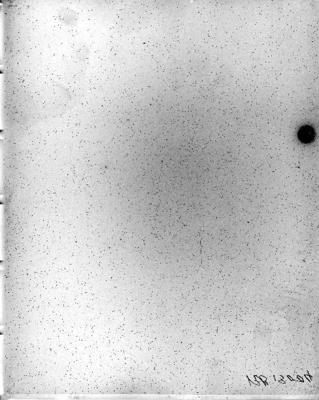

Active Black Holes
In order for us to understand the mass distribution of black holes in the galaxy, we need to model their data to understand the properties of the system. I did my undergraduate thesis with Dr. Paul Mason at The University of Texas at El Paso in collaboration with Dr. Edward Robinson from UT Austin. Where we modeled the light curve of an known black hole candidate, V1408Aql, in order to determine the mass of the black hole. We found the best estimates to be for a black hole of 2-6 solar masses, dead in the center of a well known “mass-gap” that exists in between neutron stars and black holes.
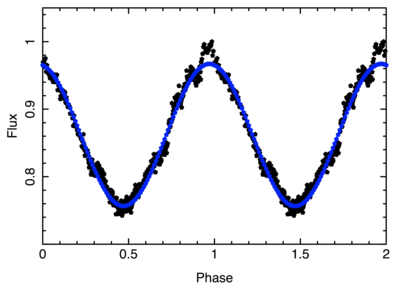
Cygnus X-1
During the summer of 2013 I worked with Dr. Michael Nowak at MIT measuring the spin of the best known black hole, Cygnus X-1. We modeled a Chandra X-ray spectrum and determined that the black hole is rapidly spinning, with a spin parameter a* greater than 0.9.

Relativistic Jets
During the summer of 2014 I worked with Dr. Enrico Ramirez-Ruiz at the University of California Santa Cruz on modeling relativistic jets from microquasars in order to test what environment conditions could cause enough instabilities to break the head of the jet and explain the structure of jets that have been observed.
